The Visual Sensing series offers a fast way to install, measure and represent environmental parameters potentially harmful to health. These systems can be very useful in everyday environments such as offices, schools, manufacturing workshops or public places of different sorts, such as restaurants or supermarkets.
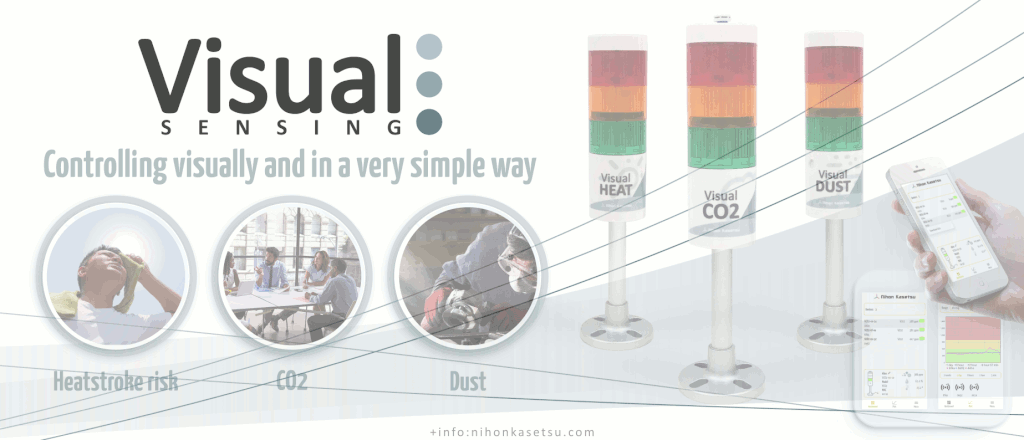
Currently, the Visual Sensing line is made up of:
Visual CO2
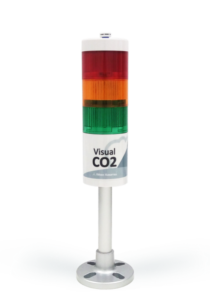
CO2 concentration is the best indicator to know when it is advisable to ventilate a room, and thus reduce the risk of spreading COVID and other aerosol transmitted diseases. The indoor air quality also influences occupants cognitive functions and consequently their learning and work performance.
Visual CO2 is for measuring CO2, a parameter widely used to control indoor ventilation to reduce the risk of spreading aerosol-borne viruses.
Visual Heat
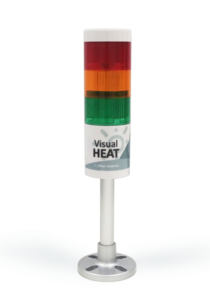
Heatstroke is the most serious heatrelated illness. It occurs because the body cannot lose heat rapidly enough in conditions of extreme heat, and may cause serious injuries in the body, even the death. All this is preventable through the monitoring of temperature and humidity controlled by the right algorithms.
Visual Dust
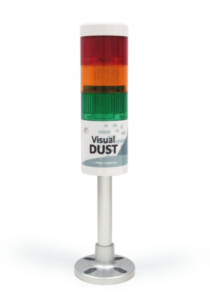
Airborne dust is well known to be associated with a wide range of occupational diseases and systemic intoxications. Knowing the dust concentration is the first step to manage dust exposure in the workplace and create a healthy and hazard-free environment for employees.
Visual Dust is capable of measuring PM1.0, PM2.5, PM4.0 and PM10 simultaneously. Suspended particles are the cause of many respiratory and coronary diseases.
Visual App and Visual Display
These smart devices applications complement the possibilities of the Visual Sensing series. They allow you to view data in real time, generate a numerical display with your mobile or tablet or collect historical data, among other functions. To learn more about the applications, follow the link.

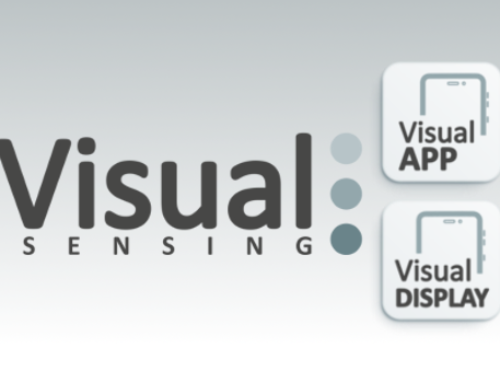
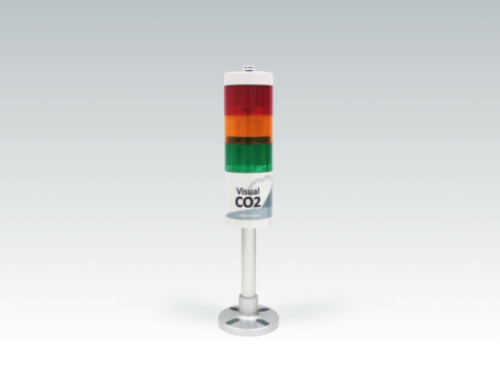
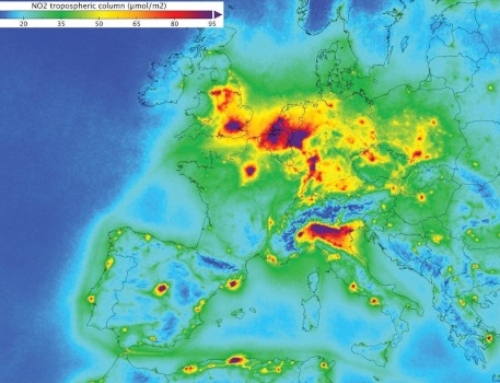
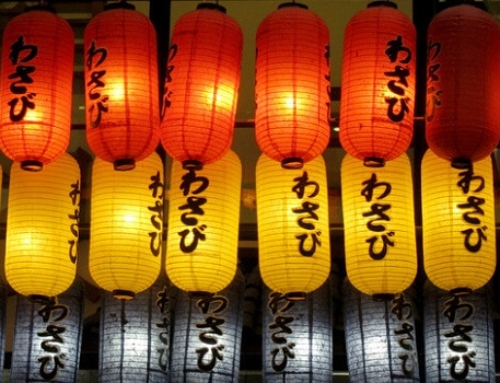
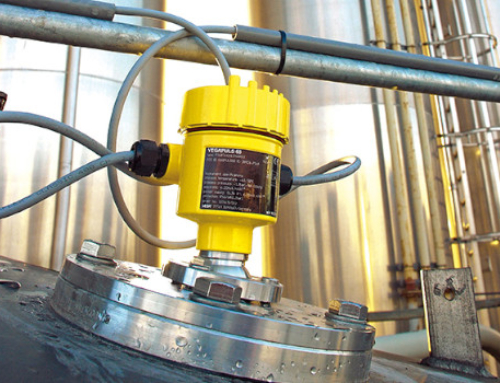
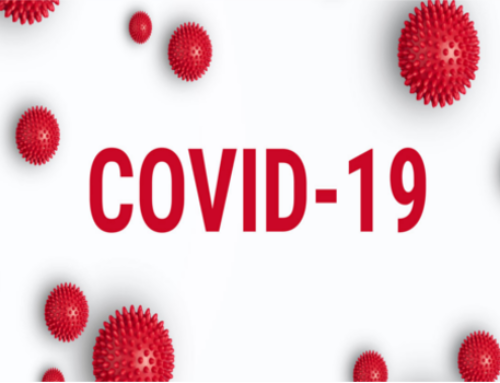
Leave A Comment